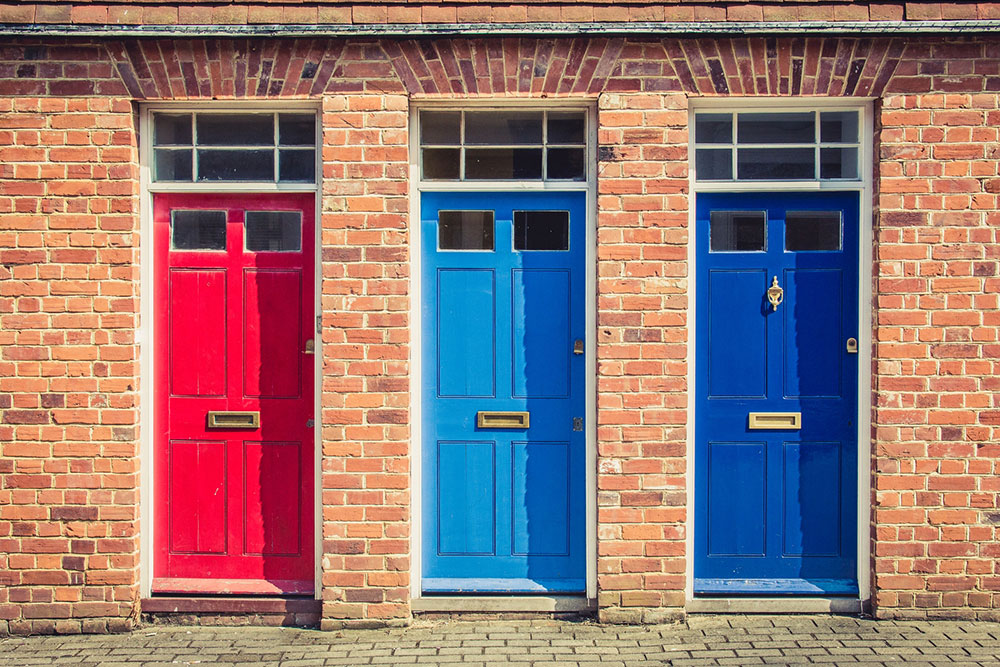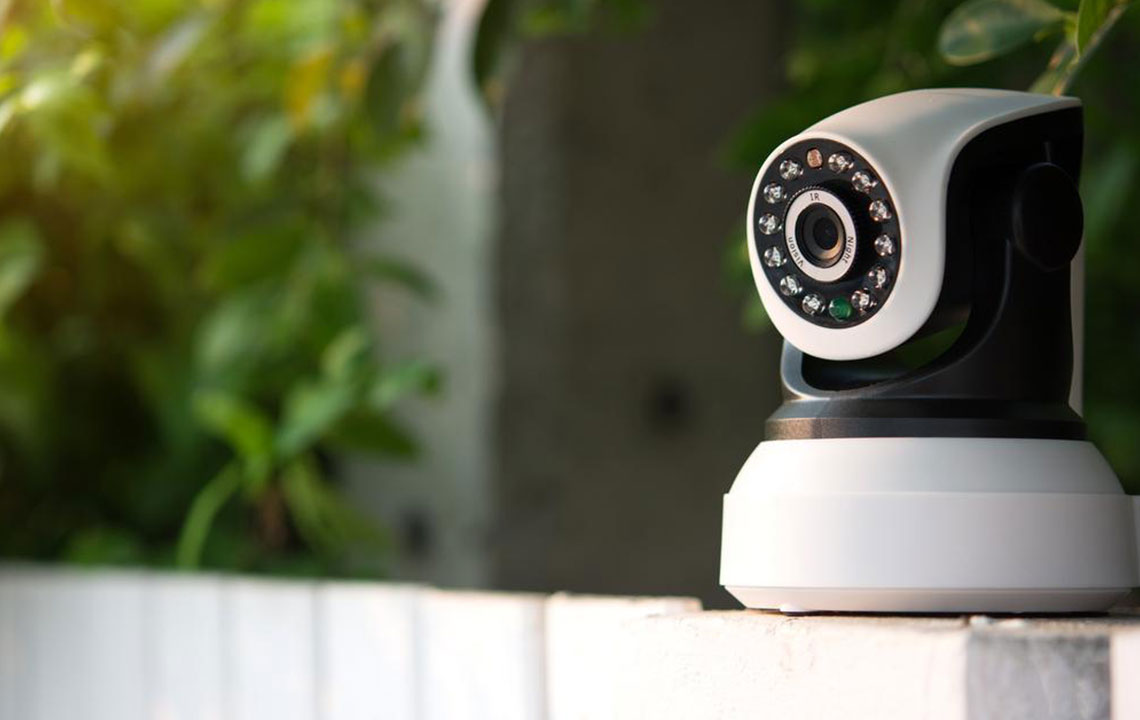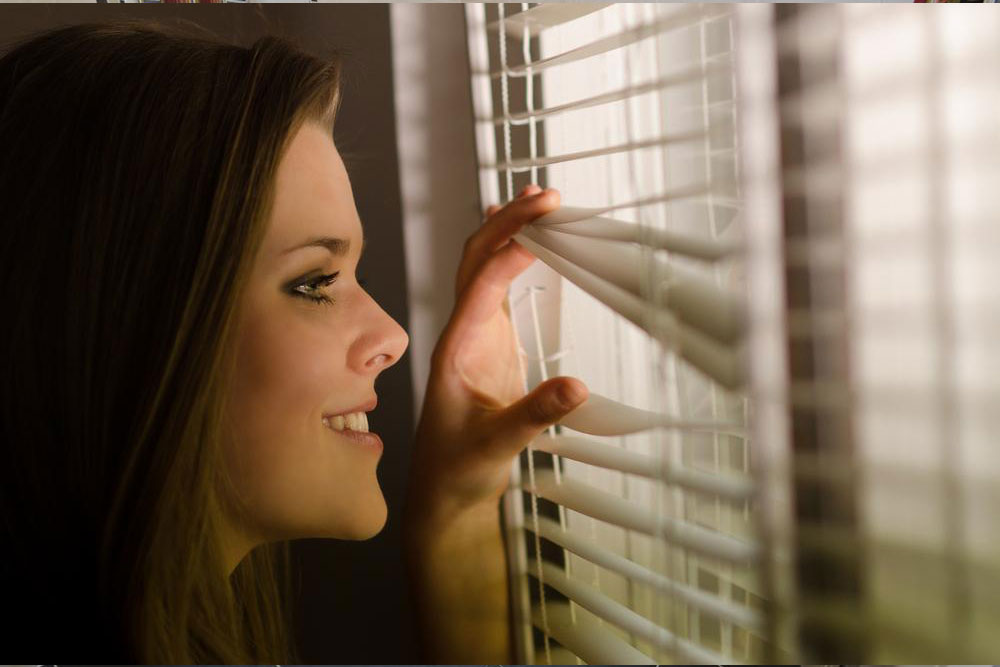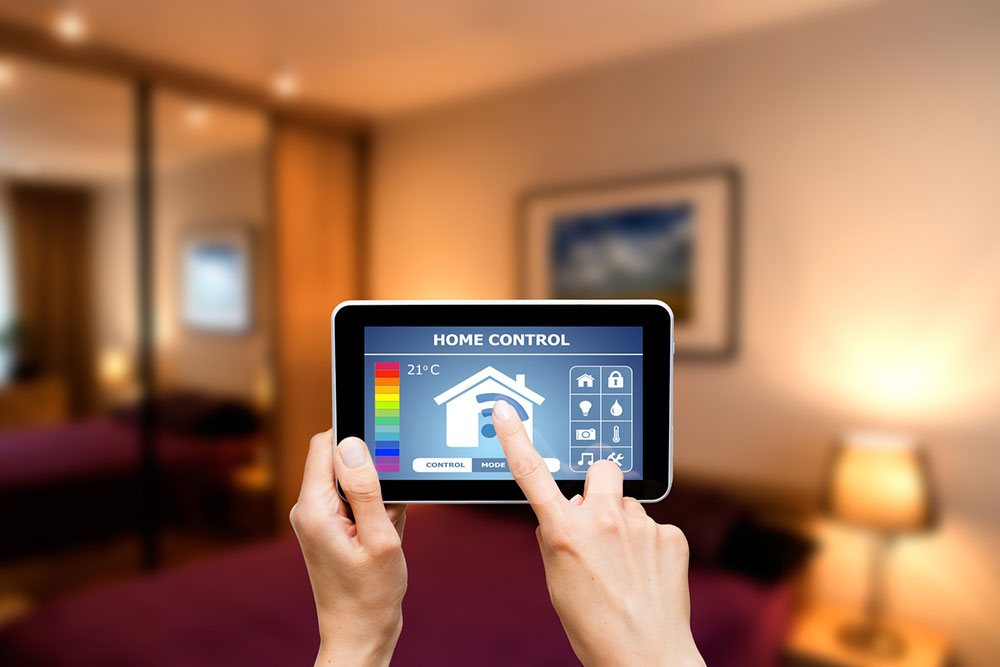Guide to Modern Composite Entrance Doors: Styles, Prices, and Leading Brands
Discover everything about modern composite entrance doors, including styles, manufacturing, costs, top brands, and benefits. This guide helps homeowners choose durable, stylish, and secure doors tailored to their needs, with tips on materials, customization options, and pricing factors for informed decisions.

Guide to Modern Composite Entrance Doors: Styles, Prices, and Leading Brands
For homeowners considering a door upgrade, composite front doors are an excellent choice. They combine contemporary design with enhanced security features, offering a sleek look and high durability. Made from a blend of PVC, timber, foam insulation, and reinforced plastic, these doors provide aesthetic appeal and resilience. Before choosing a composite door, it’s important to understand their manufacturing process, available varieties, top manufacturers, price ranges, and additional factors that influence your decision.
Manufacturing Process of Composite Doors
Typically, composite doors are crafted from a mix of materials such as fiberglass-reinforced plastic (FRP), timber, and polyurethane foam. This blend helps reduce heat transfer and prevents drafts, maintaining a comfortable indoor environment.
Each component enhances the door's strength and insulation. The core is often filled with insulating foam, with an outer layer of weatherproof GRP that mimics traditional wood textures. This construction boosts resistance to splitting, warping, and cracking, ensuring longevity and durability.
Composite front doors incorporate various materials, each contributing to their durability and aesthetics. The core usually features thermal insulation foam, while an outer GRP layer provides weather resistance and a surface that resembles natural wood. Some doors also integrate timber cores for added strength. Their layered design makes them resistant to splitting, cracking, and warping, ensuring they stand up well in various environments.
Advantages of Composite Front Doors
Choosing a composite front door offers multiple benefits. They are highly durable, withstanding adverse weather conditions effectively. Their excellent insulation properties help reduce energy costs by minimizing heat loss, leading to noticeable savings. Additionally, they provide better security, noise insulation, and can be customized in terms of design and color to match your home’s style.
Types and Designs of Composite Doors
Market-leading brands offer a variety of styles based on customization and construction preferences. Factors distinguishing different models include core material, design, color options, glazing features, and accessories.
Core Material: Traditional models feature foam-filled cores with a GRP exterior, sometimes reinforced with timber for extra strength. More recent options include solid timber cores, which are heavier but offer a different aesthetic and structural integrity.
Design Styles: Styles span from classic Victorian and Edwardian designs to modern, artistic shapes inspired by Art Deco. Some models resemble French or stable doors, catering to various architectural themes.
Color Choices: Initially available in basic shades, contemporary doors now come in numerous hues, including bespoke colors via RAL charts. Surface finishes are typically spray-applied, so color durability may vary.
Cost Factors for Composite Doors
The price of a composite door depends on quality, design, color, glazing, accessories, and locking system. Higher quality, customized styles, and added features tend to increase costs.
Quality: Premium materials and construction standards usually result in higher prices.
Design and Customization: Popular styles are more affordable than personalized, bespoke options.
Color: Standard colors are included in base prices; custom shades may add extra costs.
Glazing Options: Incorporating glass panels varies in price based on type and complexity, with clear glass being less expensive than decorative or double-glazed options.
Accessories: Features like decorative letterboxes, handles, and other hardware influence the overall price.
Locking Systems: Complex or advanced locking mechanisms are priced higher than standard locks.
Installation costs usually range from £50 to £120, while supply costs can be between £500 and £2500. Overall, expect to pay approximately £550 to £2620 for a complete installation.
Leading Brands for Composite Doors
When purchasing a composite front door, consider reputable brands offering a variety of styles, finishes, and security features. Top manufacturers include:
Comp Door
Hallmark Panels
Solidor
Rockdoor
GRP Composite Doors
Endurance Doors
Everest
Note:
Our blog provides broad insights into various topics, encouraging readers to explore further. While the research aims to offer reliable information, it is not definitive. Variations in data and local schemes may influence actual choices. Always verify with professionals for accurate guidance.










